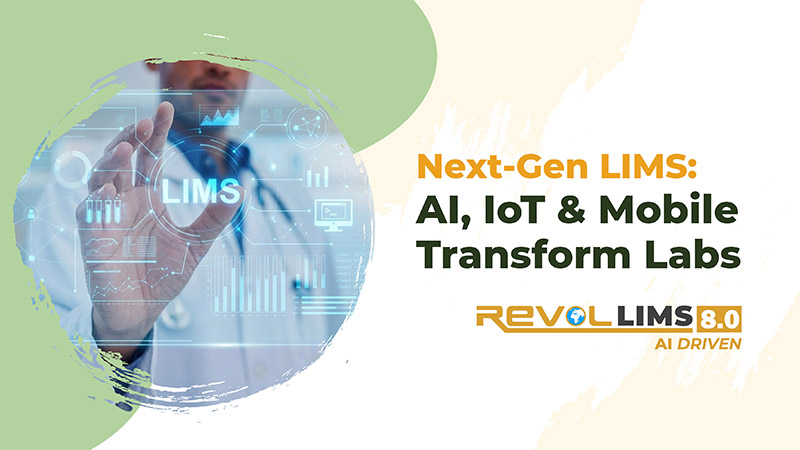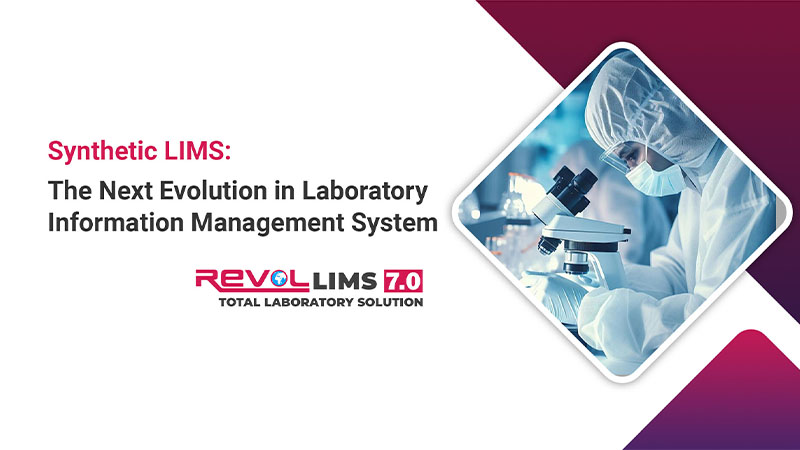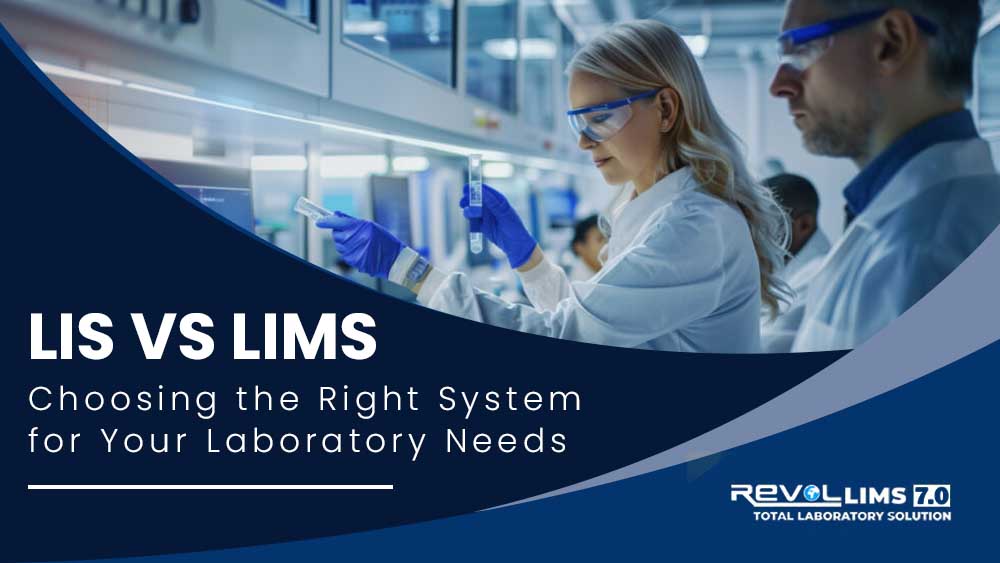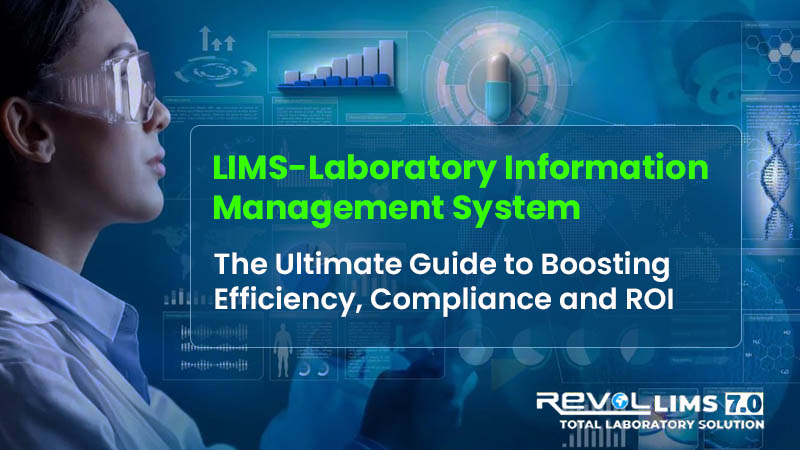
Introduction
A Laboratory Information Management System (LIMS) is crucial for efficiency, Compliance, and data integrity. However, many labs still rely on outdated systems, leading to inefficiencies and errors.
How do you know if your LIMS is holding you back? Here are five red flags—backed by real data—that signal it’s time for an upgrade, plus actionable steps to modernize your lab operations.
If your lab is struggling with inefficiency or regulatory headaches, your LIMS might be the silent culprit.
Red Flag 1: Rising Error Rates in Data Entry
Problem:
A 2023 study for LIMS found that 43% of labs still manually enter over 50% of their data, leading to 15-20% error rates in transcription. If your team spends hours copying data from spreadsheets or paper logs, your LIMS isn’t doing its job.
Why It Matters:
Errors delay approvals, increase rework costs, and risk FDA/ISO non-compliance.
The Fix:
Upgrade to a cloud-based LIMS with:
✓Automated data capture (barcode/RFID scanning)
✓Instrument integration (direct data transfer from analyzers)
✓AI-driven data validation (reducing human errors)
Red Flag 2: Failing Compliance Audits
Problem:
According to FDA warning letters in 2022-2023, 32% of lab citations were due to inadequate data traceability and audit trails—common in legacy LIMS. If preparing for an audit takes weeks of digging through unlogged changes, you’re at risk.
Why It Matters:
Non-compliance can lead to fines, revoked certifications, or halted operations.
The Fix:
A modern LIMS should offer:
✓Full 21 CFR Part 11 / ISO 17025 compliance
✓Immutable audit logs (track every change automatically)
✓Real-time compliance dashboards
Red Flag 3: Inability to Integrate with Modern Tools
The Problem:
A 2024 CAP (College of American Pathologists) survey revealed that labs using outdated LIMS had 30% longer turnaround times than those with modern systems due to bottlenecks in sample tracking and reporting.
Why It Matters:
Isolated systems create manual workarounds, delaying critical results.
The Fix:
Look for a LIMS with:
✓Real-time sample tracking (from receipt to disposal)
✓Automated workflows (reducing manual handoffs)
✓Mobile access (for on-the-go updates)
Red Flag 4: Escalating Operational Costs (Your LIMS Can’t Scale with Lab Growth)
The Problem:
A 2023 MarketsandMarkets report found that 60% of labs outgrow their LIMS within 5 years due to increasing sample volumes, new tests, or regulatory changes.
If adding a new assay requires costly custom coding, your system is outdated.
Why It Matters:
Hidden costs (customization, IT support) drain budgets and reduce ROI.
The Fix:
Choose a scalable, modular LIMS that allows:
✓No-code/low-code configuration (for easy updates)
✓Cloud elasticity (handles spikes in data volume)
✓API integrations (connects with other lab software)
Red Flag 5: Poor User Experience and High Turnover or Your Team Hates Using the LIMS
A 2024 Lab Manager survey found that 55% of lab staff avoid using their LIMS because of clunky interfaces and poor usability, leading to workarounds (like spreadsheets) that compromise data integrity.
Why It Matters:
Complex systems demotivate staff and increase human error.
The Fix:
Upgrade to a user-friendly LIMS with:
✓Intuitive UI/UX (minimal training required)
✓Role-based dashboards (customized for analysts, managers, QA)
✓Mobile-friendly access
How to Upgrade Your LIMS Successfully
- Assess Your Needs – Identify pain points (compliance, speed, usability).
- Compare Vendors – Look for cloud-based, scalable solutions
- Pilot Before Full Deployment – Test with a small team to ensure fit.
- Train Your Team – Ensure smooth adoption with hands-on training.
- Monitor & Optimize – Track KPIs (error rates, turnaround time) post-upgrade.
Final Thought
If your lab is facing even one of these red flags, it’s time to consider a LIMS upgrade. The right system can cut errors by 50%, speed up workflows by 40%, and ensure compliance effortlessly—making your lab future-ready.


















